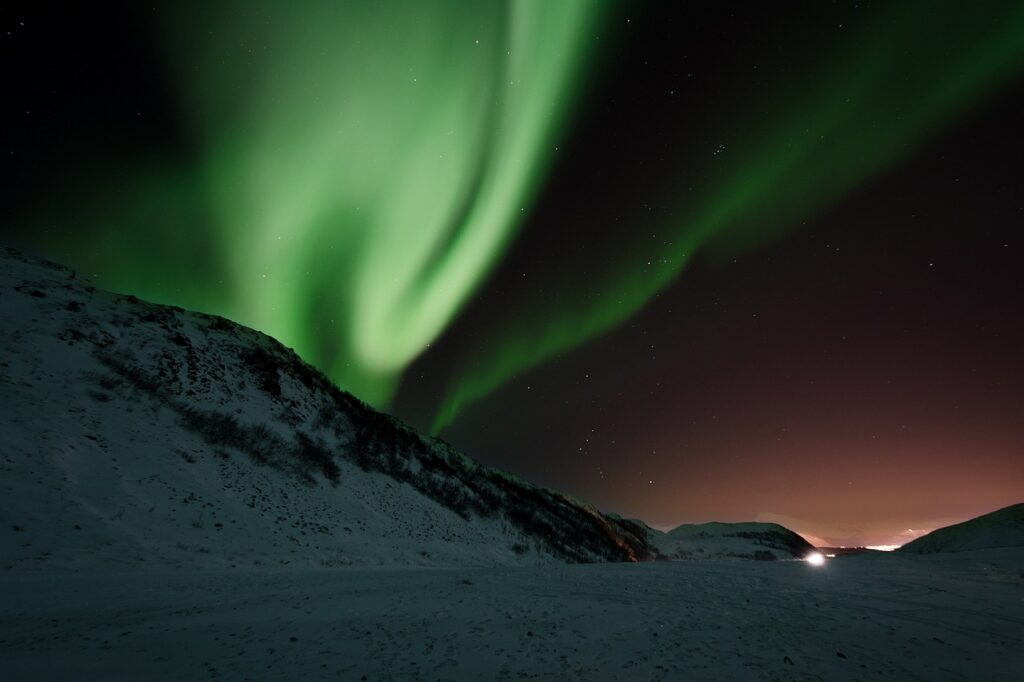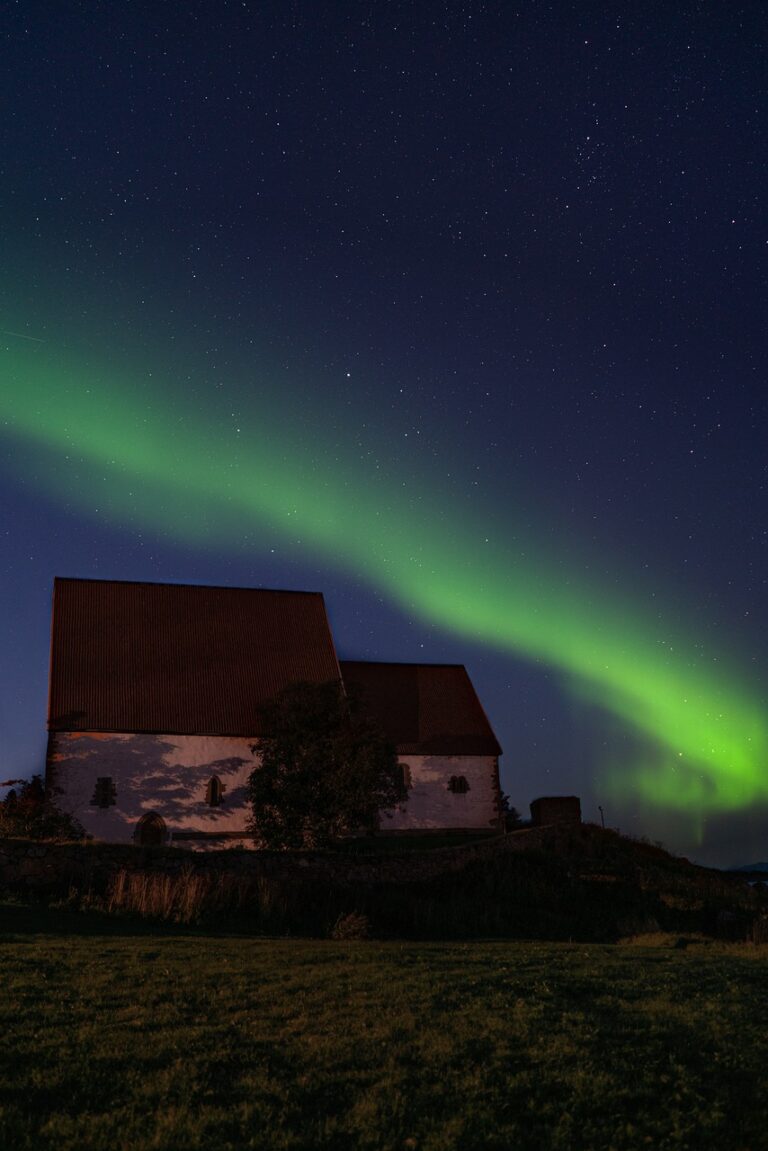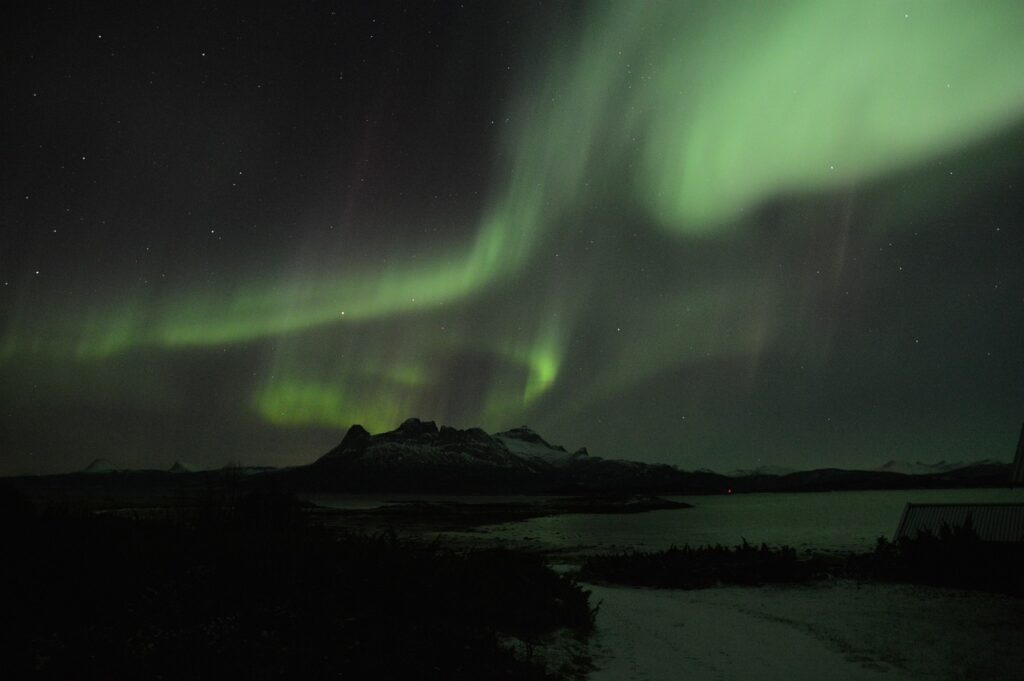Severe Solar Storm to Illuminate Night Sky with Northern Lights Across Much of U.S.

A severe geomagnetic storm, the strongest in nearly two decades, is expected to impact Earth starting Friday and persist into the weekend, according to the National Oceanic and Atmospheric Administration (NOAA). The storm, caused by a series of coronal mass ejections (CMEs) and solar flares, is predicted to make the northern lights visible across much of the United States, including areas as far south as Alabama and Northern California.
NOAA Issues Rare Geomagnetic Storm Warning

The agency issued a severe geomagnetic storm watch on Thursday, the first G4 alert since 2005. In an update Friday evening, NOAA’s Space Weather Prediction Center reported that G5, or extreme, conditions had been observed for the first time since 2003. Geomagnetic storms are major disturbances in the Earth’s magnetosphere caused by energy from solar winds and can disrupt power grids, spacecraft, and radio communications.
The storm is the result of at least five “earth directed” CMEs and several strong solar flares associated with a large and magnetically complex sunspot cluster 16 times the diameter of the Earth. Robert Steenburg, a space scientist at the Space Weather Prediction Center in Colorado, warned that the storm could induce electrical currents in systems not designed to handle them, and the agency’s role is to alert operators of these systems so they can take actions to mitigate potential impacts.
Northern Lights Expected to Be Visible Across Much of U.S.
The severity of the storm will make the northern lights, or aurora borealis, visible in areas much farther south than usual. The phenomenon is expected to be visible starting late Friday and early Saturday, with experts suggesting optimal viewing times after 10 p.m. or midnight. However, the timing of these events is difficult to forecast with a high degree of accuracy due to the distance involved.
The Upper Peninsula of Michigan is considered one of the best places in the U.S. mainland to view the northern lights due to its high northern latitudes and unobstructed views from the southern coast of Lake Superior. Peak viewing times are typically near the spring and fall equinox, but the northern lights can occur year-round. NOAA provides a 30-minute forecast to help predict the best day and time for viewing, and various apps are available to assist in tracking the visibility of the aurora borealis.

Tips for Viewing the Northern Lights

To increase the chances of seeing the northern lights, experts recommend getting away from light pollution and city lights, finding a clear and dark location, and keeping an eye on meteorological forecasts. If unable to travel to a remote location, observers can still attempt to view the aurora by putting bright lights to their back and using a cell phone’s time-lapse camera, which may be able to capture the dim lights even if not visible to the naked eye.
While humans are not in danger from the geomagnetic storm, power grids and satellite communications could be affected. If weather conditions are favorable, the northern lights may be visible across much of the northern United States on both Friday and Saturday nights as the storm is expected to persist throughout the weekend.
Storm to Peak Late Friday, Visibility Possible Through Weekend

The geomagnetic storm is expected to peak around 1 a.m. on Saturday, reaching an 8 on the KP index, a nine-point scale that measures aurora strength. However, the storm is predicted to persist throughout the weekend, providing additional opportunities for viewing the northern lights on Saturday night.
Maps released by the Space Weather Prediction Center show the aurora may be visible for much of the northern half of the U.S. on Friday night, with the forecast extending as far south as a line stretching from Northern California to Alabama. While the National Weather Service’s San Francisco Bay Area office was less optimistic about the chances of viewing the aurora in that region, they encouraged residents to still look up while walking their dogs, as newer cell phones may be able to capture the lights even if not visible to the human eye.



